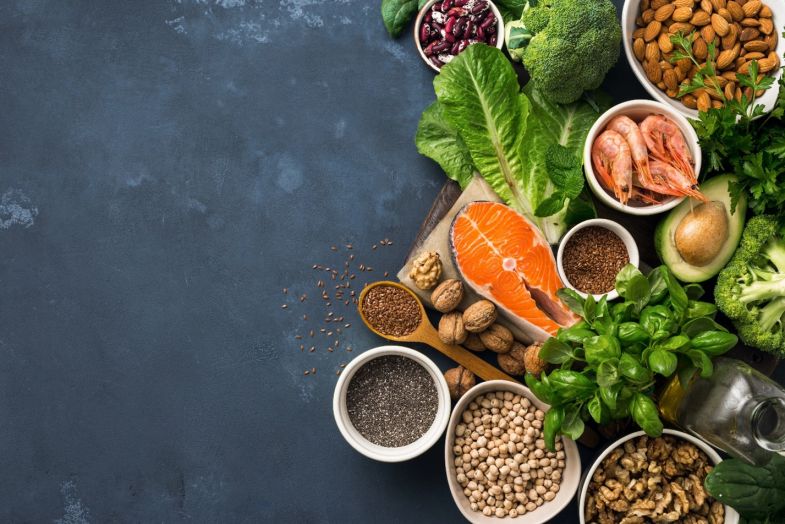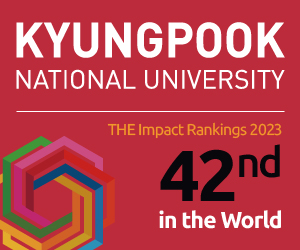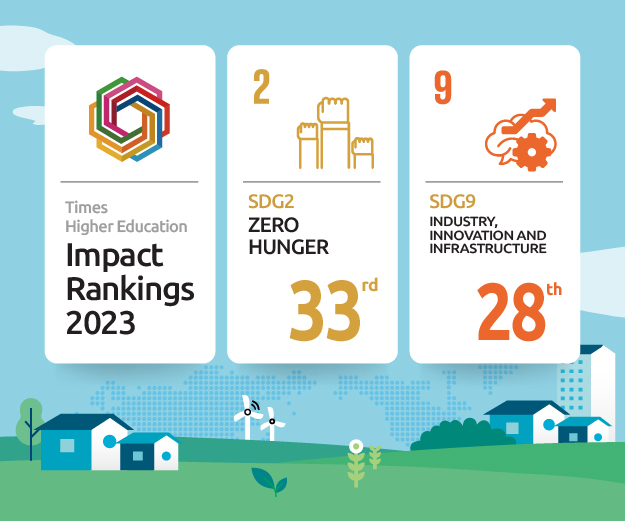- Neurological diseases as mortality predictive factors for patients with COVID-19: a retrospective cohort study
URL: http://www.doi.org/10.1007/s10072-020-04541-z
The COVID-19 pandemic has ravaged the world, bringing with it a high death toll. In this study, researchers examine the factors that could predict non-survival in cases of COVID-19 with a specific focus on age, chronic lung disease, and neurological disorders like Alzheimer’s dementia.
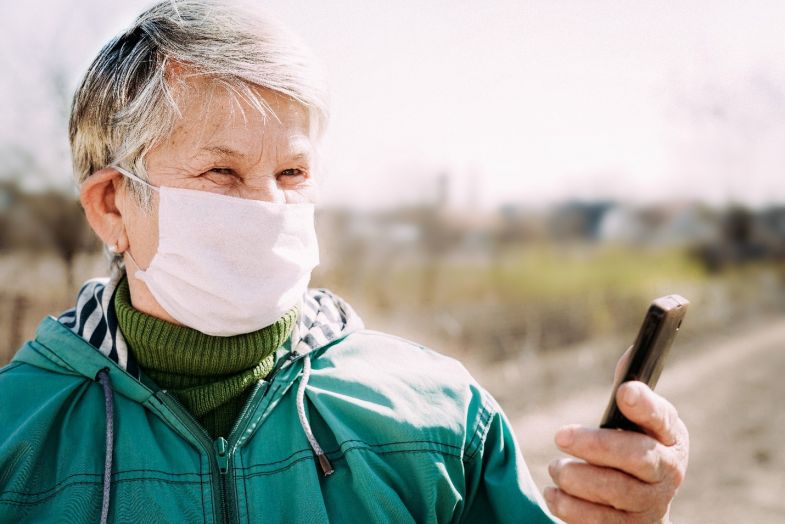
- Bacillus aryabhattai SRB02 tolerates oxidative and nitrosative stress and promotes the growth of soybean by modulating the production of phytohormones
URL: https://doi.org/10.1371/journal.pone.0173203
Rhizobacteria are a diverse, naturally-occurring group of bacteria that can grow in and among plant roots to promote growth and immunity of plants. Here, researchers isolated a bacterial strain and investigated how it promoted the growth of soybean through the production of plant hormones. This bacterium could be a valuable, environment-friendly biofertilizer to improve crop yields.

- Review of boiling heat transfer enhancement on micro/nanostructured surfaces
URL: https://doi.org/10.1016/j.expthermflusci.2015.03.023
Boiling heat transfer is an effective way to remove a large amount of heat from a surface to maintain a low surface temperature. While this is already commonly used in the macroscale in power plants and marine ship power generation, recent decades have seen an increased interest in achieving boiling heat transfer on micro/nanostructured surfaces. This review collects and evaluates all the current research in the field and proposes new directions for research.

- Landslide susceptibility mapping using certainty factor, index of entropy and logistic regression models in GIS and their comparison at Mugling–Narayanghat road section in Nepal Himalaya
URL: https://doi.org/10.1007/s11069-012-0347-6
The rapidly changing climate has increased the risk of natural disasters in many areas, including the Nepal Himalayas. Landslides in this region have become increasingly common in recent years. Finding a way to map vulnerability to landslides accurately is crucial to plan life-saving disaster management, as well as developmental activities to support the region’s economy.

- Mitochondrial ROS govern the LPS-induced pro-inflammatory response in microglia cells by regulating MAPK and NF-κB pathways
URL: https://doi.org/10.1016/j.neulet.2014.10.016
Reactive oxygen species (ROS) increase inflammation in the body. This study looks at how ROS influence microglia—the immune cells of the brain—to contribute to neurodegenerative diseases. The findings show that the mitochondria in these microglia cells are a major source of ROS and play a crucial role in the inflammation process.
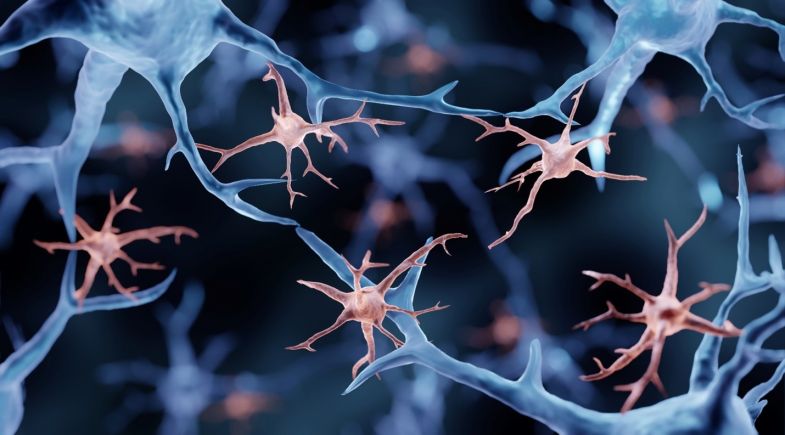
- Prevalence and duration of acute loss of smell or taste in COVID-19 patients
URL: https://doi.org/10.3346/jkms.2020.35.e174
Diagnosing COVID-19 early is key to preventing poor outcomes for patients, as well as to limit its transmission. But many infected individuals remain asymptomatic or have only mild flu symptoms. This study shows that acute loss of smell and taste are important symptoms that occur in even asymptomatic patients, which could potentially lead to faster diagnosis,

- Clinical characteristics and outcomes of COVID-19 cohort patients in Daegu Metropolitan City outbreak in 2020
URL: https://doi.org/10.3346/jkms.2021.36.e12
The quick transmission of coronavirus makes it imperative to find ways to predict poor outcomes for patients early so that medical resources can be used efficiently. In Korea, Daegu was ground zero for the COVID-19 pandemic. This study looks at patient characteristics and outcomes in the early stage of the pandemic and identifies risk factors for non-survival.
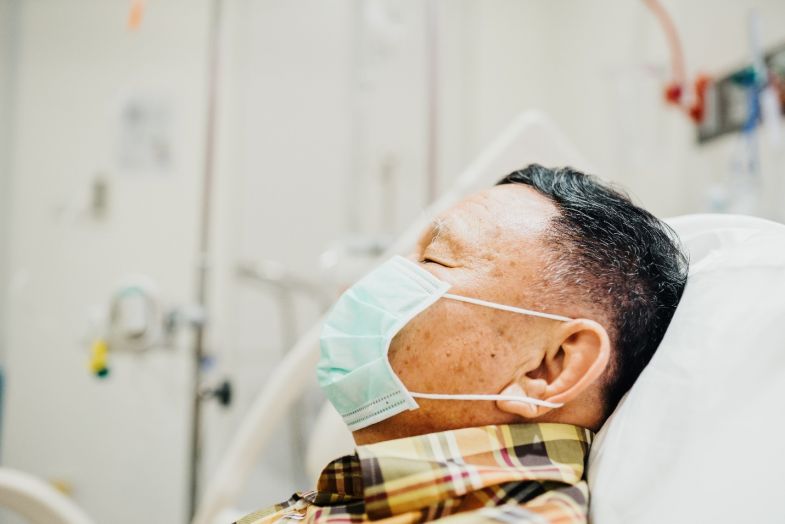
- Matrix power means and the Karcher mean
URL: https://doi.org/10.1016/j.jfa.2011.11.012
In this paper, researchers from Kyungpook National University have defined a new family of matrix means that converge into the Karcher mean or the Riemannian center of mass, essential concepts in differential geometry. This work also provides proof that the Karcher mean is monotonic. It further proves other properties that have been established using probabilistic methods.

- Generalized Killing Ricci tensor for real hypersurfaces in complex two-plane Grassmannians
URL: https://doi.org/10.1016/j.geomphys.2020.103799
Grassmannians represent a set of subspaces in vector space. This vector space can be analyzed using tensors, a geometric concept similar to vectors. This study combines two well-known tensors, the Killing tensor and the Ricci tensor, to propose a new generalized Killing Ricci tensor to describe complex two-plane Grassmannians.

- Porcine epidemic diarrhea virus: An emerging and re-emerging epizootic swine virus
URL: https://dx.doi.org/10.1186%2Fs12985-015-0421-2
Since the 1970s, there have been recurrent outbreaks of porcine epidemic diarrhea (PED), a viral disease in pigs. These outbreaks cause massive economic damage to the pork industry. This review compiles the latest knowledge on the molecular basis of this disease, its diagnosis, and progression, and calls for more research on the virus to aid vaccination and control strategies.
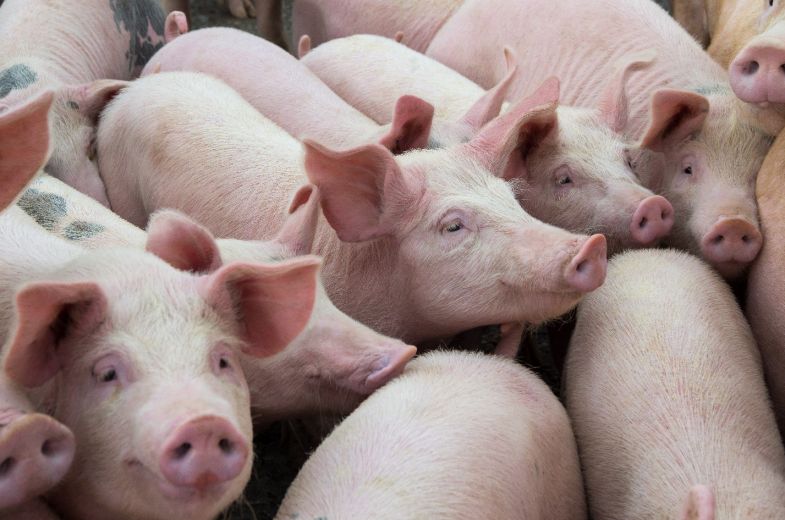
- Fatty acid desaturases, polyunsaturated fatty acid regulation, and biotechnological advances
URL: https://dx.doi.org/10.3390%2Fnu8010023
Made from fatty acid desaturases, polyunsaturated fatty acids (PUFAs) are important nutrients that help regulate brain development, cognitive function, cardiovascular diseases, cancers, and diabetes. Studies have shown that the genes responsible for fatty acid desaturases have an influence on different physiological conditions. This review examines the latest research on PUFAs and fatty acid desaturases to better understand their functions and benefits.
